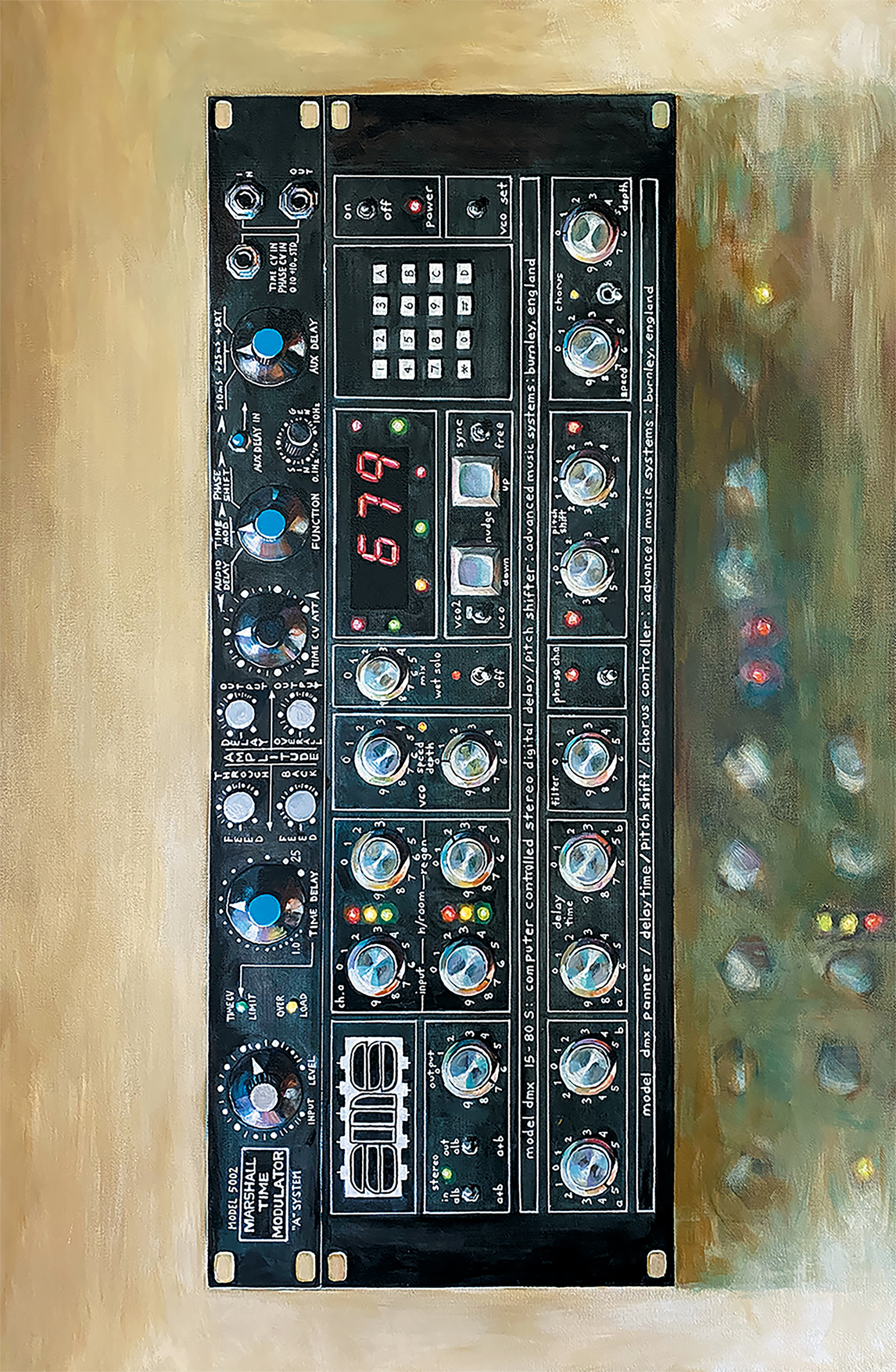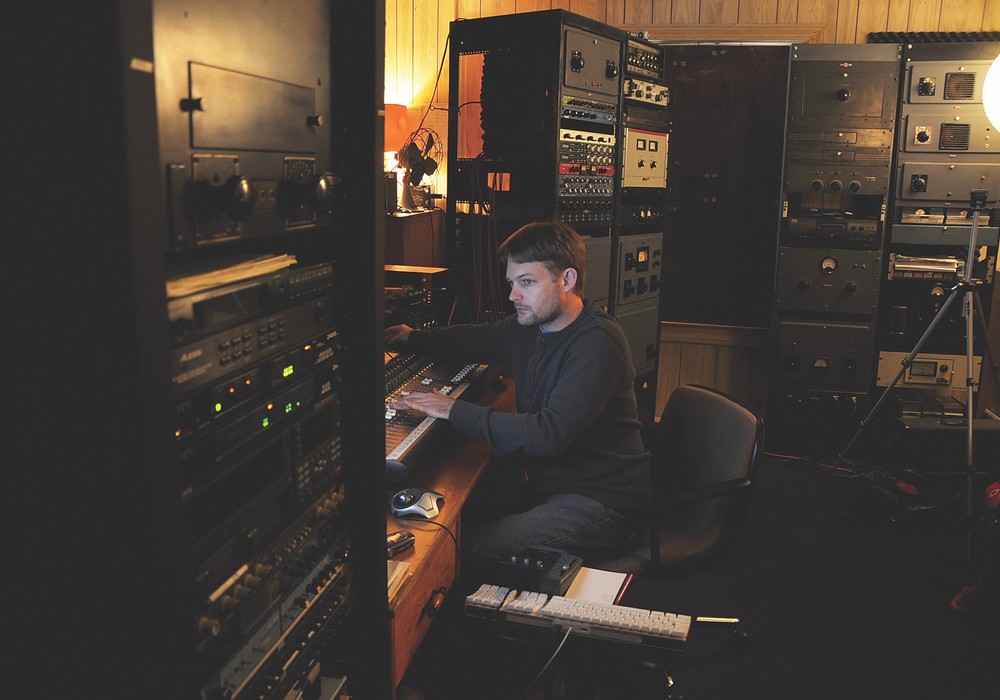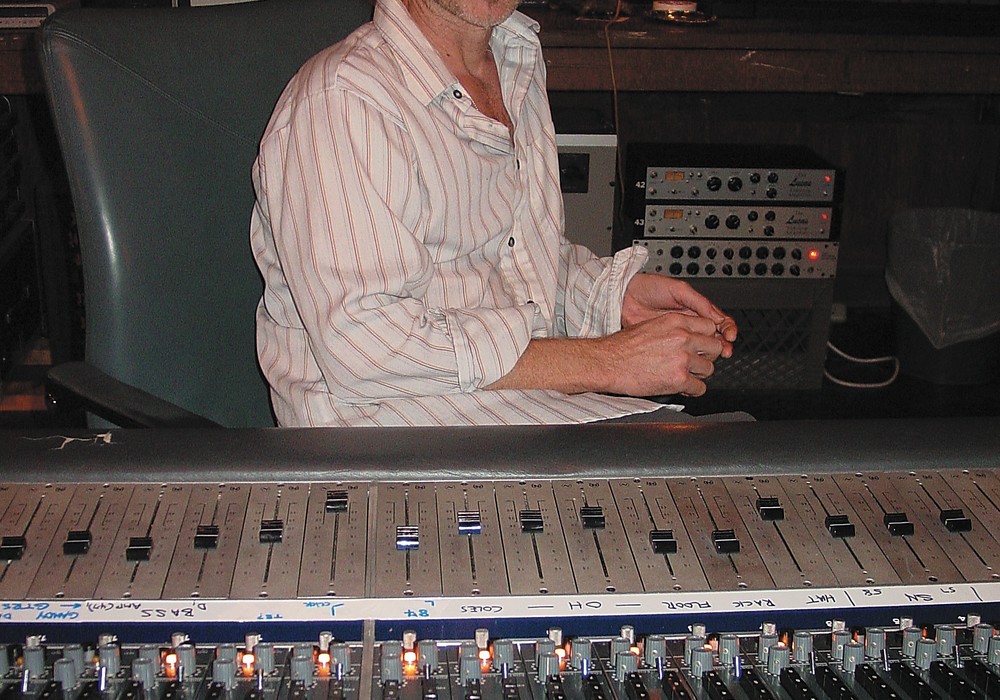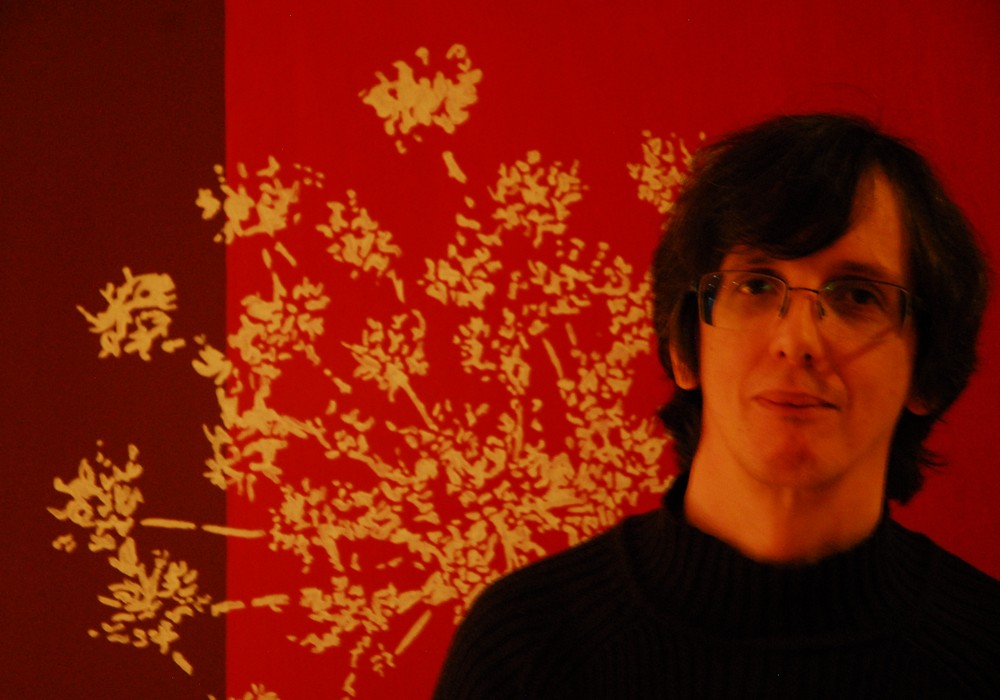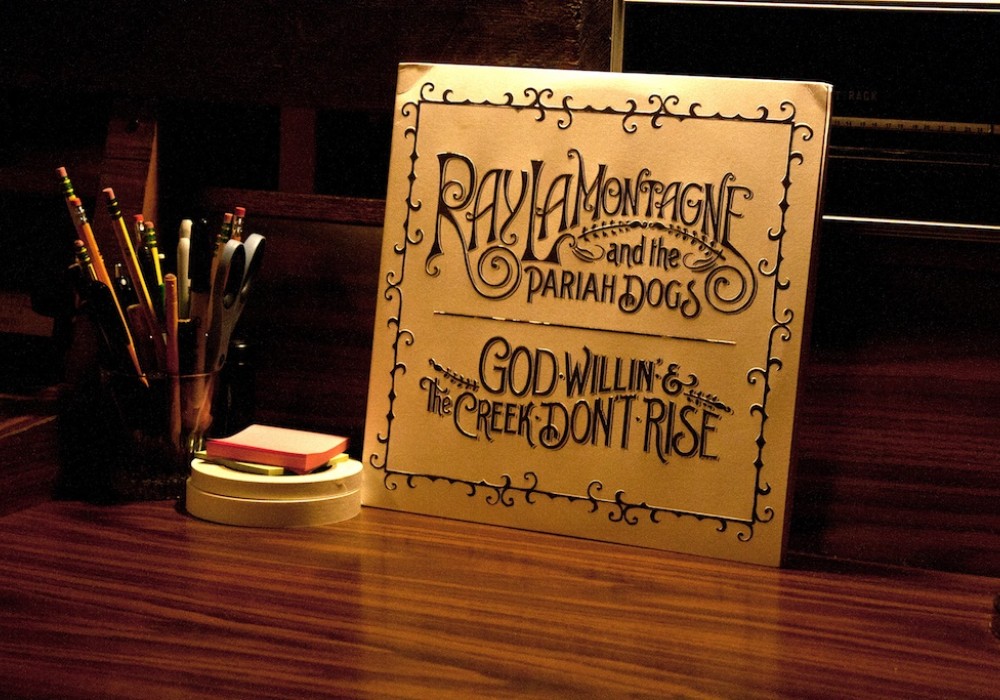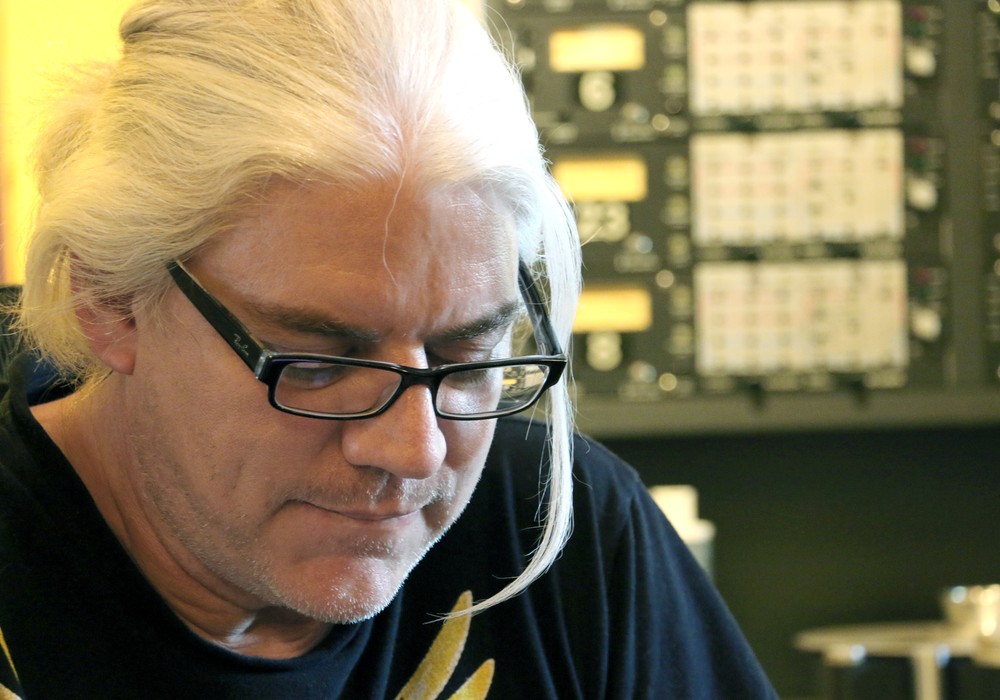In the mid-'40s, a new generation of musicians heralded the arrival of bebop. Here’s why some of the most exciting jazz performances ever recorded still don’t sound good, and how we might be able to fix it.
In the long and vast history of jazz, Charlie Parker stands as one of its giants. The saxophonist, known as “Bird,” along with trumpeter John Birks "Dizzy" Gillespie helped invent bebop in the middle '40s, forever altering the musical language of jazz.
A music characterized by fast and complex playing by small groups (in many ways unlike the big band swing era that preceded it), bebop’s recorded legacy was truncated by the American Federation of Musicians ban, waged by its infamous president, James C. Petrillo. Petrillo wanted the record companies to pay royalties, and when they didn’t comply he enforced a ban on recording for all union musicians, starting July 31, 1942. For this, Petrillo was lambasted from every conceivable corner of the entertainment business. The halt on recording dragged on – in September 1943, Decca and Capitol Records agreed to pay royalties. Over two years after it began, in November 1944, the Victor and Columbia labels likewise capitulated. Looking at the record sales evidence today, it shows that the labels themselves weren’t very affected by the ban. In fact, due to the need for product to push, they scoured their vaults and ended up inventing the compilation album in the process. But a certain musical damage entailed – the earliest bebop music was simply never recorded.
While this new music was developing and flourishing at Minton’s Playhouse, its beginnings forever evaded the recording studio. When recording did resume, Parker and Gillespie, along with the genre’s other great movers and shakers – luminaries such as Dexter Gordon, Erroll Garner, and Max Roach – started cutting sessions at Savoy Records. Herman Lubinsky, a middle-aged no-nonsense radio repairman, founded Savoy in 1942. Lubinsky managed to get a few records released before the ban, and once it was enacted he recorded musicians under pseudonyms in attempts to sidestep it. One of his A&R men, Teddy Reig, was a regular at many New York City jazz clubs. Hired in early 1945, right after the ban was lifted, Reig befriended up-and-coming artists and brought them into various studios to record for Savoy.
As exhilarating as early bebop performances are, the modern ear is quick to notice sonic shortcomings. Savoy didn’t feature the best recording fidelity at the time. This isn’t to say they’re bad recordings – only that the engineering know-how and older analog equipment in use at a smaller label couldn’t compare to the majors. It’s regrettable that Charlie Parker never received the fidelity on records that his virtuosity deserved. But in the modern era, another problem compounds the early Savoy sides’ sonics – what labels now use as the source material. Music historian Frank Kofsky claimed that Lubinsky, a famous cheapskate, had “a scarcely disguised disdain for black art” (see 1. below) and an unwillingness to understand much of the music his own record label recorded. Like many record companies’ masters, unfortunately Savoy’s no longer exist. It’s not known what happened to the metal parts, only that: One, they were once transferred to tape, and: Two, their owner was a hard line businessman who was shortsighted, indifferent, or perhaps even animus to the revolutionary music that surrounded him.
Because of those factors, today, the sound of these recordings exist in limbo. When the master source is missing, the true fidelity – however good or bad in the first place – is forever obscured, to some degree. The Savoy catalog was purchased by Concord Music Group in 2019. The Savoy disc masters were transferred to tape in the early '50s for the production of five 10-inch compilation LPs covering the label’s early history – and CMG’s Craft Recordings have recently reissued that very set of LPs. A re-release in the truest sense, Craft maintained their original title (The Birth of Bop) and they even feature jackets with the exact same cover art. As the disc masters can’t be located, those disc-to-tape transfers, performed over 70 years ago, have been the sources used for almost every reissue, boxset, or repackaging of Savoy recordings since, including this release. It appears Mosaic Records’ Classic Savoy Be-Bop Sessions 1945-49 compilation was sourced from commercial pressings, although per industry standard licensing agreements (and their intention of being limited editions) this mastering unfortunately isn’t accessible digitally – such as on streaming services – and is out of print on CD.
Disc transfer and the instrument that made it feasible, the modern phono cartridge, were in their infancy in the early '50s. Early in this decade, magnetic tape – with some hesitancy at first – replaced disc recording as the primary format in professional recording studios. In the Victor Recording Manual from 1940, the most comprehensive surviving technical document from the 78 rpm era (credit to the late Ray Rayburn for saving it), Victor’s engineers term disc transfer “Re-recording From Records,” depicting it as “[an] operation [that] represents such a diversity of problems and a wide variance of operating conditions…” a statement that painfully rings true a staggering eight decades later. Groove size, disc speed, playback emphasis curves, off-centeredness, and pressing material vary widely between the discs known as “78s,” the dominant format for recorded music from the 1890s to the 1950s.
In order to make a great disc transfer, the engineer must keep track of all of these variables and have the tools, both on the analog side (different styli shapes and sizes, various record cleaning fluids) and digital too (repair-oriented DAWs) to deal with those “diversity of problems'.' The later convergence of tape recording, improved lathe...
